Sustainable fabrics have become increasingly popular with the rise of sustainability and slow fashion. As an ex-fashion buyer, I hold this subject dear to my heart, seeing first-hand the impact fast fashion has on the planet.
This guide to 7 sustainable fabrics with names and pictures will teach you everything you need to know to make better choices when purchasing clothing or fabric for your sewing projects.

What are Sustainable Fabrics?
Sustainable fabrics are materials produced in an environmentally friendly way that have a lesser impact on the planet’s natural resources. Sustainable fabrics can help reduce water consumption, greenhouse gas emissions, microplastic pollution, deforestation, and chemical pollution.
From a raw source to fabric, considering all stages of fabric production is best to find a truly sustainable material. Some things to consider are where the fabric fibres come from, how the fibres are made into fabric, and how the fabric is dyed.
In my guide to different types of fabrics, I talk in-depth about how fabrics are made (natural or man-made) and the difference between knits and woven, which will help you better understand this guide to sustainable fabrics.
As an Amazon Associate, I earn from qualifying purchases. Read my full disclosure here.
What is Greenwashing?
It is important to distinguish between sustainable fabrics and greenwashing. Clothing brands have been known to ‘greenwash’ their brands by promoting their clothing as sustainable.
You can often find clothing made from recycled plastic bottles, also known as PET plastics. Plastic can be recycled into clothing, but these materials must undergo intense processing to create the fibre filaments woven into the fabric. As a result of this process, gas emissions are generated.
PET fabric is still a type of polyester made from plastic, which produces microplastics when washed and will continue to do so for the entire lifespan of the garment. While innovative, these ‘sustainable’ fabrics are not biodegradable or environmentally friendly.
Knowing these marketing tricks will help you make better decisions when shopping sustainably. You may be wondering how you determine if a material is genuinely sustainable. Well, don’t worry. There are many certifications to help you identify them.
How to Identify Sustainable Fabrics
Sustainable fabrics from reliable sources will have one or many approved certifications, such as the Global Organic Textile Standard, Oeko-Tex Standard 100, Oeko-Tex Standard 1000, Better Cotton Initiative or Bluesign.

Considering the fibre’s origin, the fabric’s processing, fair trade, ethical practices, or the carbon footprint are all factors to consider when selecting sustainable fabrics. Thankfully many worldwide certifications can help make this process simple.
Let’s look at some of the most common certifications and what they mean:
Global Organic Textile Standard
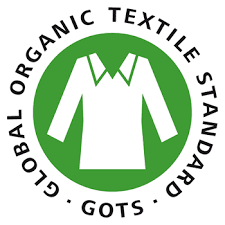
The Global Organic Textile Standard (GOTS) is a certification standard for organic textiles. It defines environmental and social criteria from harvesting raw materials to production, packaging, labelling, and distribution.
A GOTS certificate ensures that a textile product complies with strict environmental and social standards. Fair labour practices, organic fibre use, and chemical prohibitions are included. It covers both the product as well as the production process. It requires compliance with a range of strict criteria, such as minimum social criteria based on the International Labour Organisation (ILO) conventions and the United Nations Guiding Principles on Business and Human Rights.
The GOTS standard is recognised worldwide as a comprehensive and reliable standard for consumers who want to choose sustainable textiles.
Okeo-Tex Standard 100
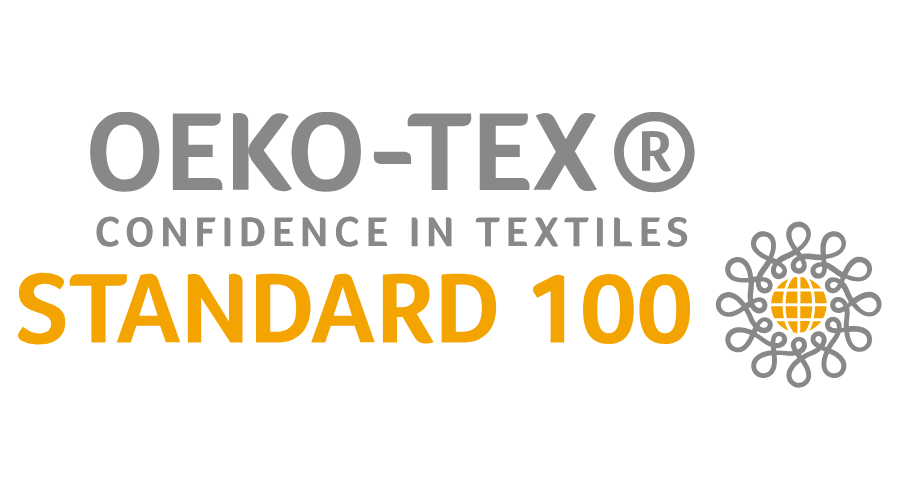
Textiles that meet Oeko-Tex Standard 100 are ensured to be free of harmful substances. Chemicals and substances that may pose a health risk, such as heavy metals, formaldehyde, and certain allergenic dyes, are restricted by this law.
Textile production is certified at all stages, from raw materials to intermediate and final products, including buttons, zippers, and interlinings. A manufacturer or brand can obtain Oeko-Tex certification by meeting the standard’s requirements.
Oeko-Tex Standard 100 is recognised worldwide as the industry standard for ensuring the safety of textile products.
Okeo-Tex Standard 1000
Textile production facilities certified with Oeko-Tex Standard 1000 practice sustainable and responsible production practices and reduce their environmental impact. Anyone who meets the standards for textile production can obtain the certification.
Better Cotton Initiative
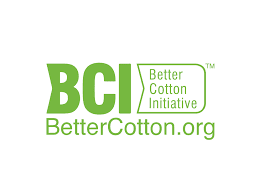
The Better Cotton Initiative (BCI) certifies sustainable cotton farming at all stages. It aims to reduce cotton production’s environmental and social impact by setting strict criteria for water use, pesticide and fertiliser management, and social responsibility. As a result of BCI certification, cotton products are produced using more sustainable farming practices, such as crop rotation and soil conservation.
Cotton farmers who meet the standard’s requirements can obtain BCI certification. The BCI contributes to reducing the textile industry’s overall environmental and social impacts by promoting sustainable cotton farming practices. It is designed to help consumers make informed purchasing decisions and to encourage textile manufacturers to source cotton sustainably, resulting in a more sustainable industry.
Bluesign®
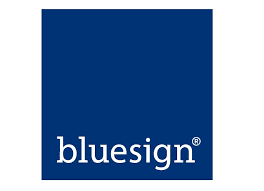
Bluesign certification is a comprehensive system for sustainable textile production that covers the entire textile supply chain. It minimises the textile industry’s environmental impact by setting strict criteria for chemical use, energy and water consumption, and social responsibility. It provides manufacturers with guidance and support to improve their sustainability performance and assures consumers that the textile products they purchase are produced sustainably.
Types of Sustainable Fabrics
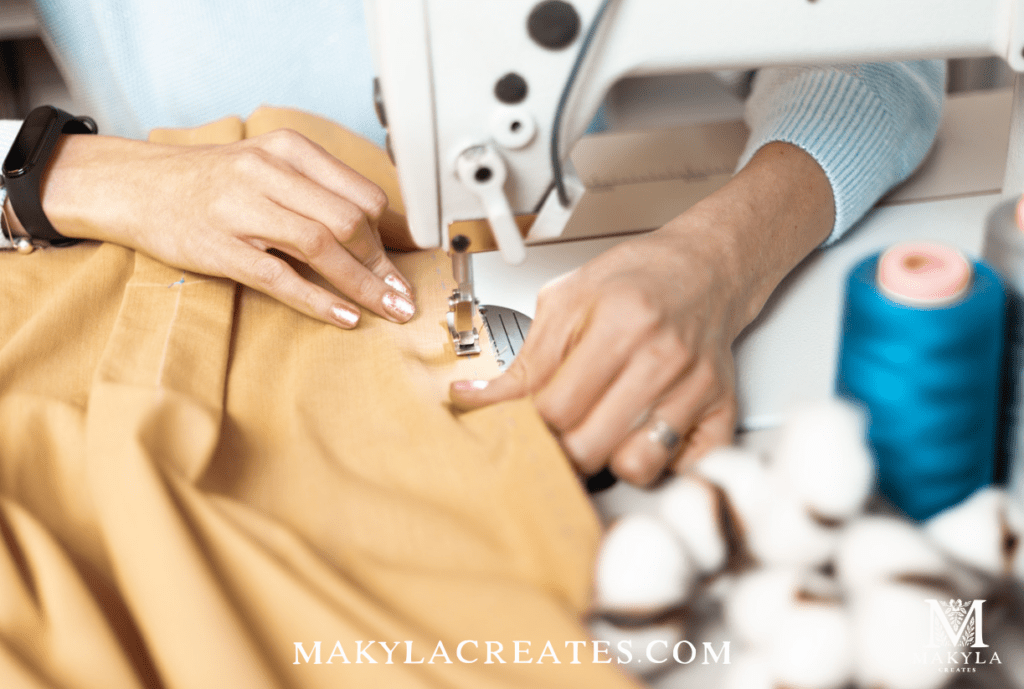
1. Linen
Linen is a natural fabric made from the fibres of the flax plant, a sustainable crop. Flax plants are incredibly hardy and drought resistant, helping keep water consumption low. This makes flax easy to grow in dry areas with water shortages. Since flax is a strong fibre, linen is incredibly durable, helping garments last for many years. Linen often gets softer with age.
2. Lyocell Rayon
Lyocell is a sustainable viscose rayon made from renewable wood pulp or other sources such as seaweed and cotton by-products. Traditionally, rayon fibre is made from wood pulp, but this wood source is not sustainable. Lyocell is produced using a closed-loop system that recycles chemicals used in manufacturing, minimising waste and reducing environmental impact.
- Tencel® or lyocell are forms of rayon made from sustainably farmed eucalyptus trees.
- Seasell® is a viscose rayon made from sustainably sourced seaweed.
- Cupro is rayon made from cotton linter, a by-product of cotton production.
- Modal® is made from pest-resistant beech trees. The wood is not transported long distances, and the processing of this fabric is said to be carbon neutral.
3. Organic Cotton
Organic cotton is grown without synthetic pesticides or fertilisers like traditional cotton. Instead, farmers rely on natural methods, such as crop rotation, natural fertilisers, and companion planting, to maintain healthy soil and control pests. This helps to reduce harmful chemicals released into the environment and protects farmers and local communities.
In addition to its environmental benefits, organic cotton is also ethically produced. Cotton farming using organic methods generally involves fair labour practices such as safe working conditions, fair wages, and collective bargaining.
4. Hemp
Hemp is a super sustainable crop. Not only does it need very little water to grow, but it doesn’t even need any nasty pesticides or fertilisers. Plus, it grows fast, allowing it to be harvested multiple times throughout the year. The fibres from hemp are super strong and durable. It is also naturally resistant to odours, mould, and bacteria, requiring less washing than other fabrics. Biodegradable and compostable, hemp fabric won’t contribute to environmental waste.
5. Bamboo
Bamboo is another great sustainable fabric option. Like hemp, bamboo doesn’t need pesticides or synthetic fertilisers to grow, which is awesome for the environment. Plus, it grows like crazy – you can harvest it multiple times a year! The fibres from bamboo are super soft and absorbent, which makes them perfect for making comfy clothes and textiles.
6. ECONYL®
ECONYL is a sustainable nylon fabric made from recycled materials such as fishing nets, fabric scraps, and industrial plastic waste. The waste is collected, cleaned, depolymerised, and reassembled into new nylon yarn using polymerisation. With its ability to reduce waste and minimise the need for new resources, ECONYL is gaining popularity in the fashion and textile industries.
7. Deadstock
Deadstock fabric is new, surplus fabric produced by textile mills and clothing manufacturers that wasn’t used. Deadstock fabric can end up in landfills if not repurposed, so some companies and designers like Christy Dawn use it instead of producing their own fabric. Using deadstock fabric helps reduce waste and minimise the textile industry’s environmental impact.
Where to Buy Sustainable Fabrics From
The number of online stores and marketplaces that sell sustainable fabrics is growing. Here are some of my favourite places:
- Liberty London Fabrics – a British brand filled with beautifully printed fabric collections. They are Okeo-Tex, GOTS-approved and part of the BCI.
- Offset Warehouse – an online store that offers a variety of sustainable fabrics, including organic cotton, bamboo, and Tencel.
- Organic Cotton Plus – an online store that sells GOTS-approved organic cotton, hemp, bamboo, and more.
- Etsy – has many sustainable fabric options available from all around the world.
Sustainable Fabrics Conclusion
Overall, many sustainable fabrics are available for use in fashion and textiles. It is important to consider the entire life cycle of the fabrics, including production, use and disposal or recycling. By choosing to use these materials, we can help reduce the fashion industry’s environmental impact and create a more sustainable future.